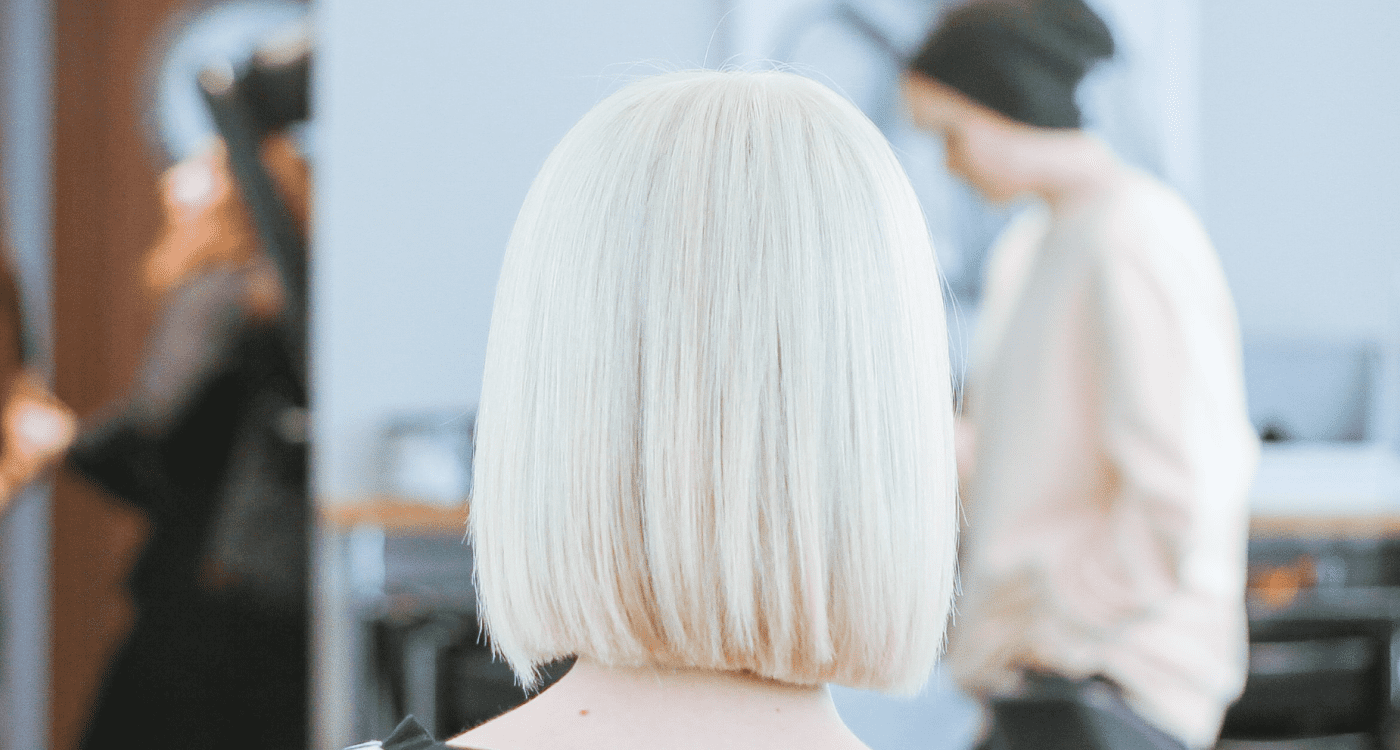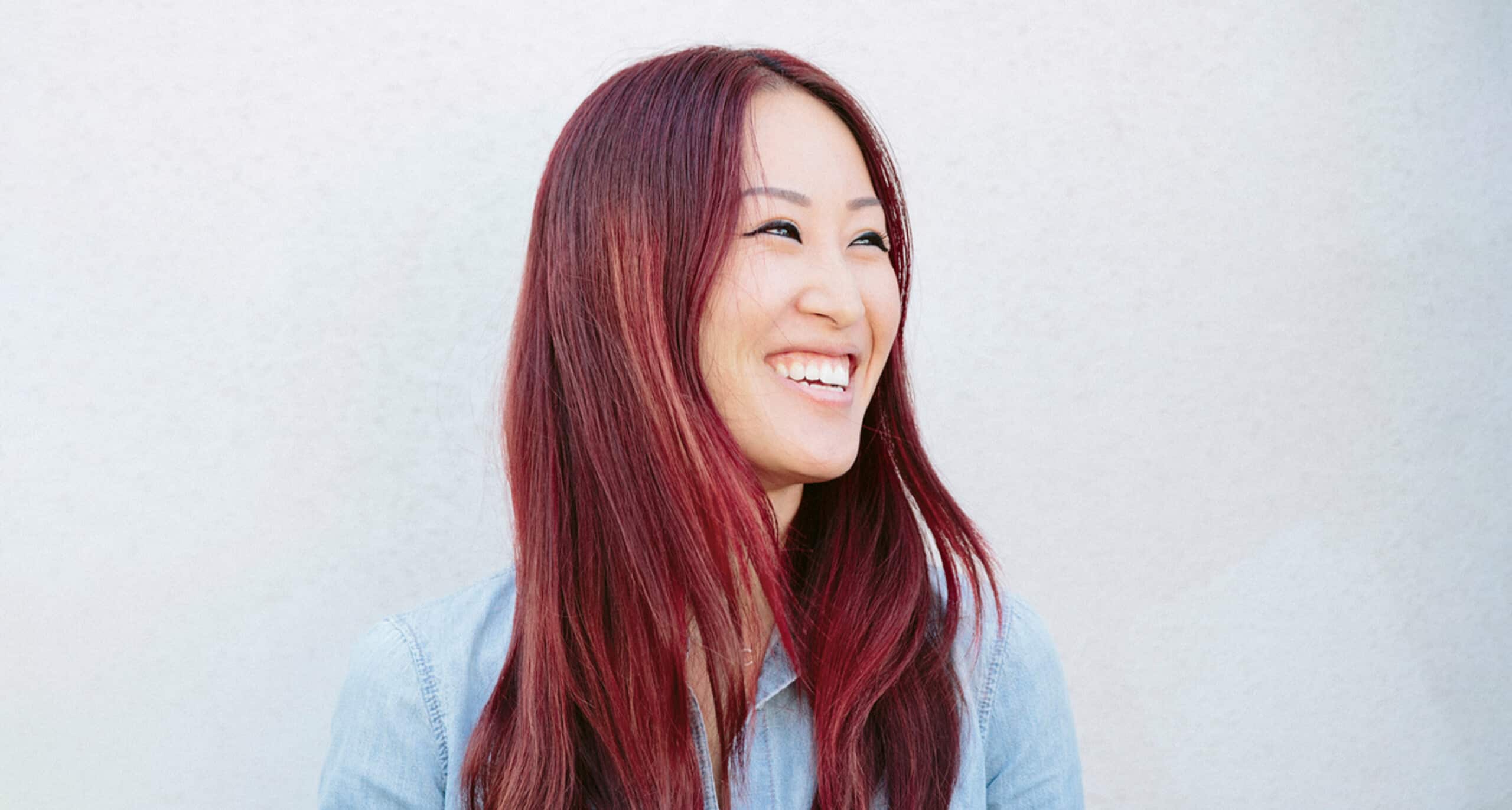How to Fix & Prevent Brassy Hair
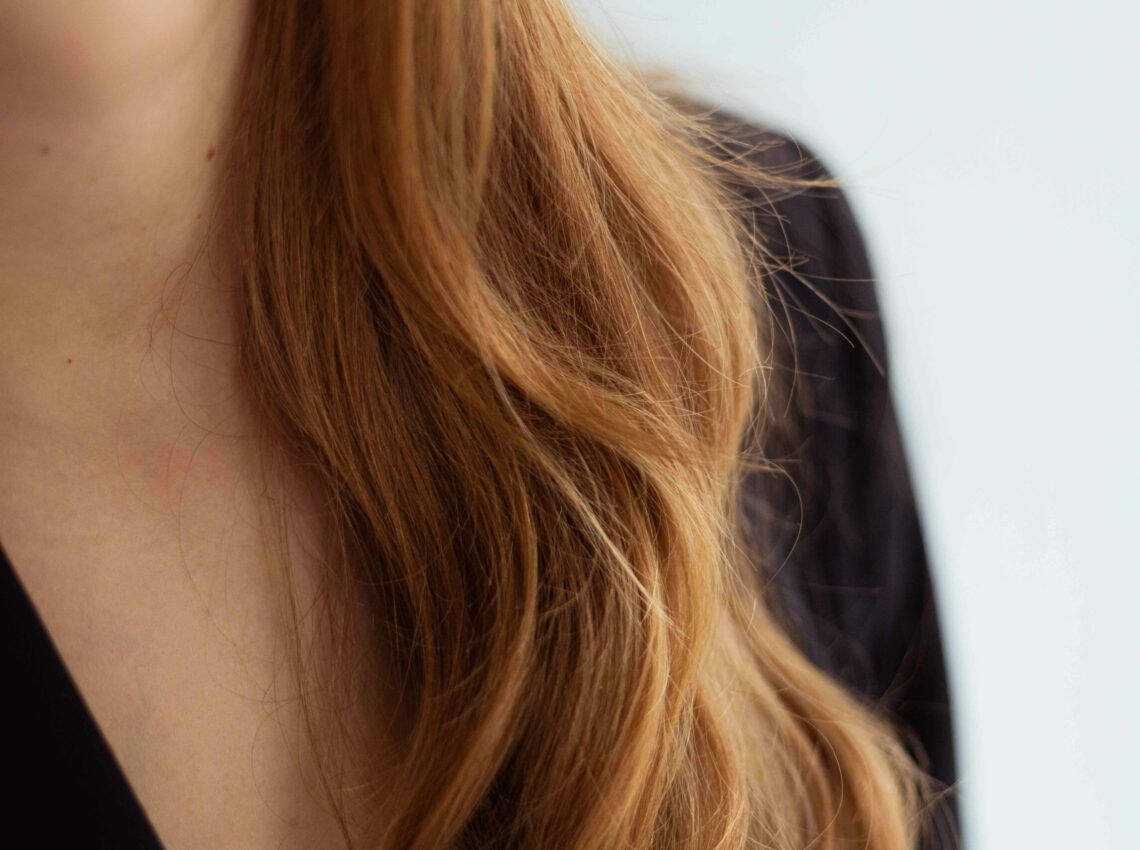
Brassiness is unwanted warm tones (typically orange, yellow, or red) that appear in colored hair over time. The good news is that brassy hair can be fixed! Lots of factors like coloring your hair and how you care for your color-treated hair can contribute to that brassy color, so knowing these factors ahead of time will help you treat and prevent it.
We discuss the causes of brassy hair, how to get rid of it, and the steps you can take to prevent brassy hair.
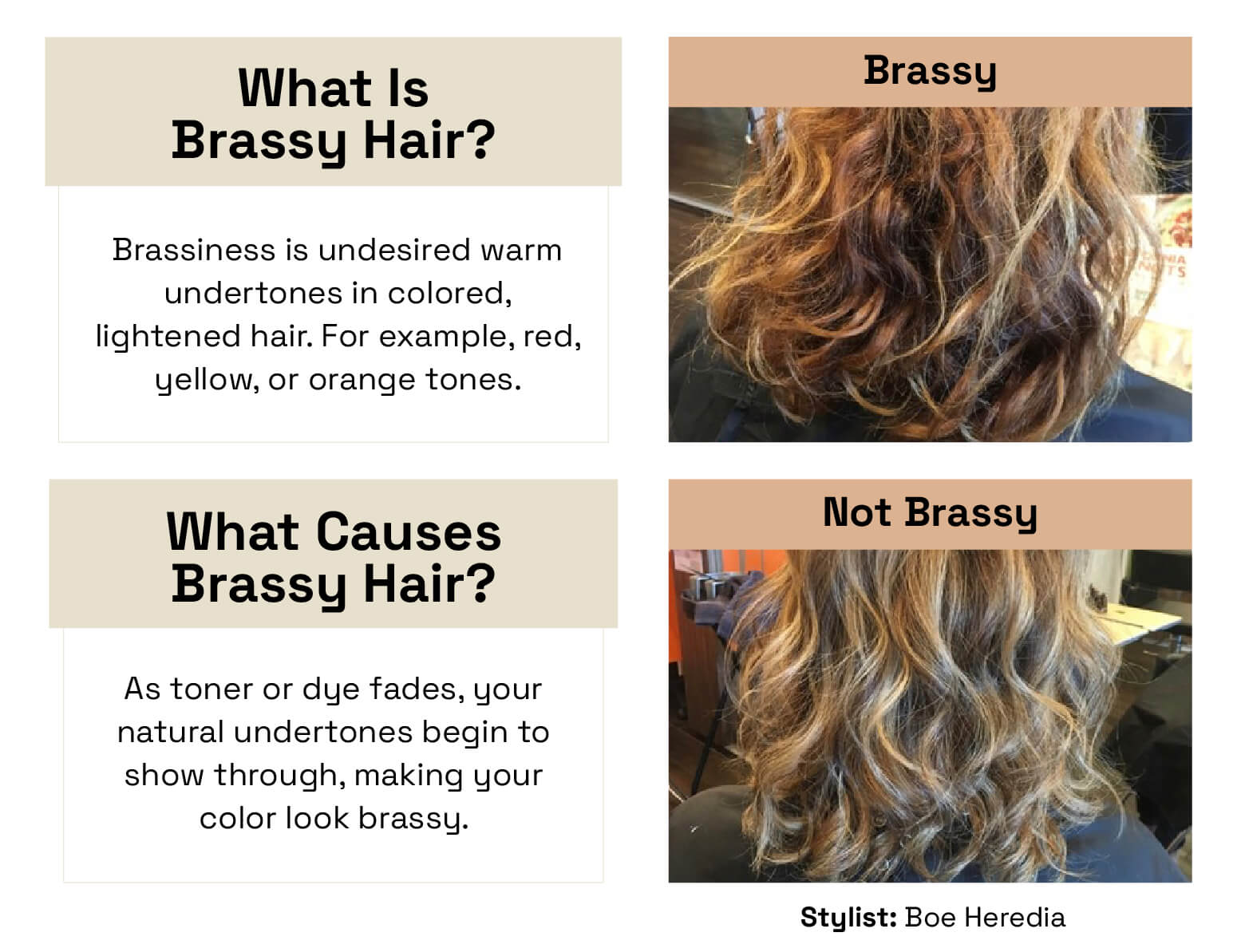
What Is Brassy Hair?
Brassy hair shows undesired warm tones that appear as toner or color fades. This often happens when dark hair is lightened because it has underlying pigment that will show through over time. When blonde hair becomes brassy, it looks yellow.
However, warm-toned hair isn’t necessarily brassy. Stylists can intentionally color your hair with warm tones like red or gold.
What Causes Brassy Hair?
To lighten your hair, your colorist uses hydrogen peroxide or ammonia which results in a chemical process called oxidation. After the chemicals lift your natural hair color, toner or dye is used to deposit color, resulting in your desired look. Unfortunately, the toner can fade and as it does, your natural undertones begin to show through. This creates the “brassy hair” look.
How to Fix Brassy Hair
If you’ve noticed your colored hair has a warm, unwanted brassy look, don’t fear! There are ways to get rid of brassy hair.
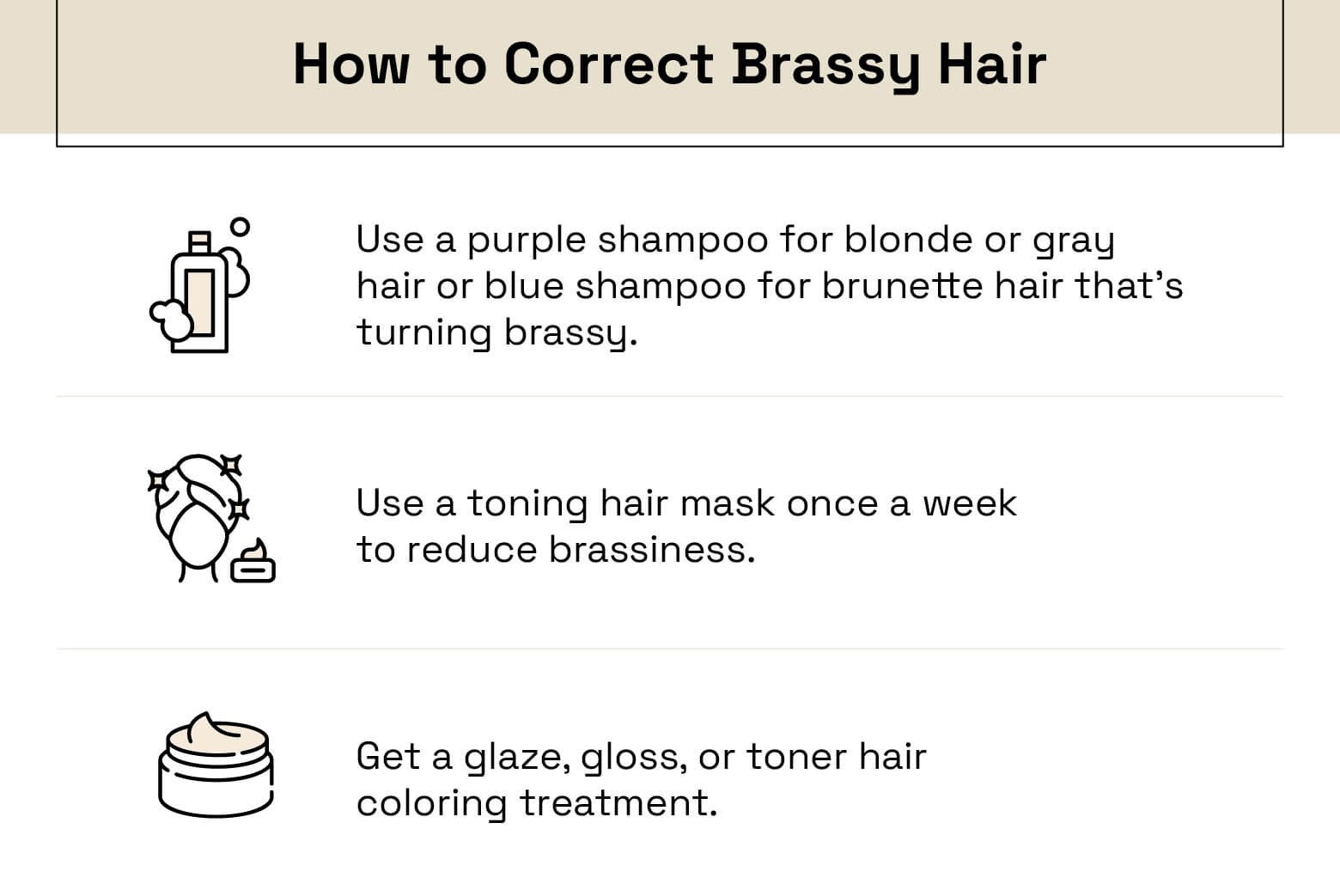
Use a purple or blue shampoo
Purple and blue shampoos can neutralize brassiness and help you go longer without needing professional toner or gloss. To decide which is right for you, think of the color wheel. Purple is opposite yellow, so it covers up unwanted yellow tones, while blue is opposite orange.
Therefore, if you’re dealing with yellow brassiness, purple shampoo should do the trick. It’s often used if you have blonde or gray hair. If you have dark hair, blue shampoo will neutralize orange tones and red tones.
These shampoos don’t replace toning services, but they can help keep the brassiness down when you’re in between hair coloring appointments. Just be sure that you use the purple or blue shampoo once a week, as more frequent use could ruin your desired hair color.
Invest in toning hair masks to neutralize the tones
A toning mask is a conditioning treatment that neutralizes brassiness the same way purple or blue shampoo does. For best results, use a toning mask after washing with purple or blue shampoo to make your color last longer. You’ll typically leave the mask on for five minutes or less. Follow the directions on the packaging and make sure not to leave the mask on too long because that can result in color overcorrection.
Get a hair glaze, gloss, or toner service
Even if you use shampoos and masks, eventually you’ll need to get your hair refreshed by a stylist. Hair toner will minimize unwanted undertones and get your hair back to its desired color. The average cost of a toning service is $63, though this will vary by location and salon.
Toner will last anywhere from two to six weeks, giving your hair a boost before your next appointment. You could also glaze your hair, which enhances your color and adds more shine. Glossing is usually used between color treatments to refresh your previously colored hair and can last three to four weeks.
Be sure that you bring color reference photos to your appointment so that your stylist knows what you like and can help you achieve the hair of your dreams.
How to Prevent Brassy Hair
If you plan on lightening your hair, there are some things you can do before and after your treatment to help prevent brassiness.
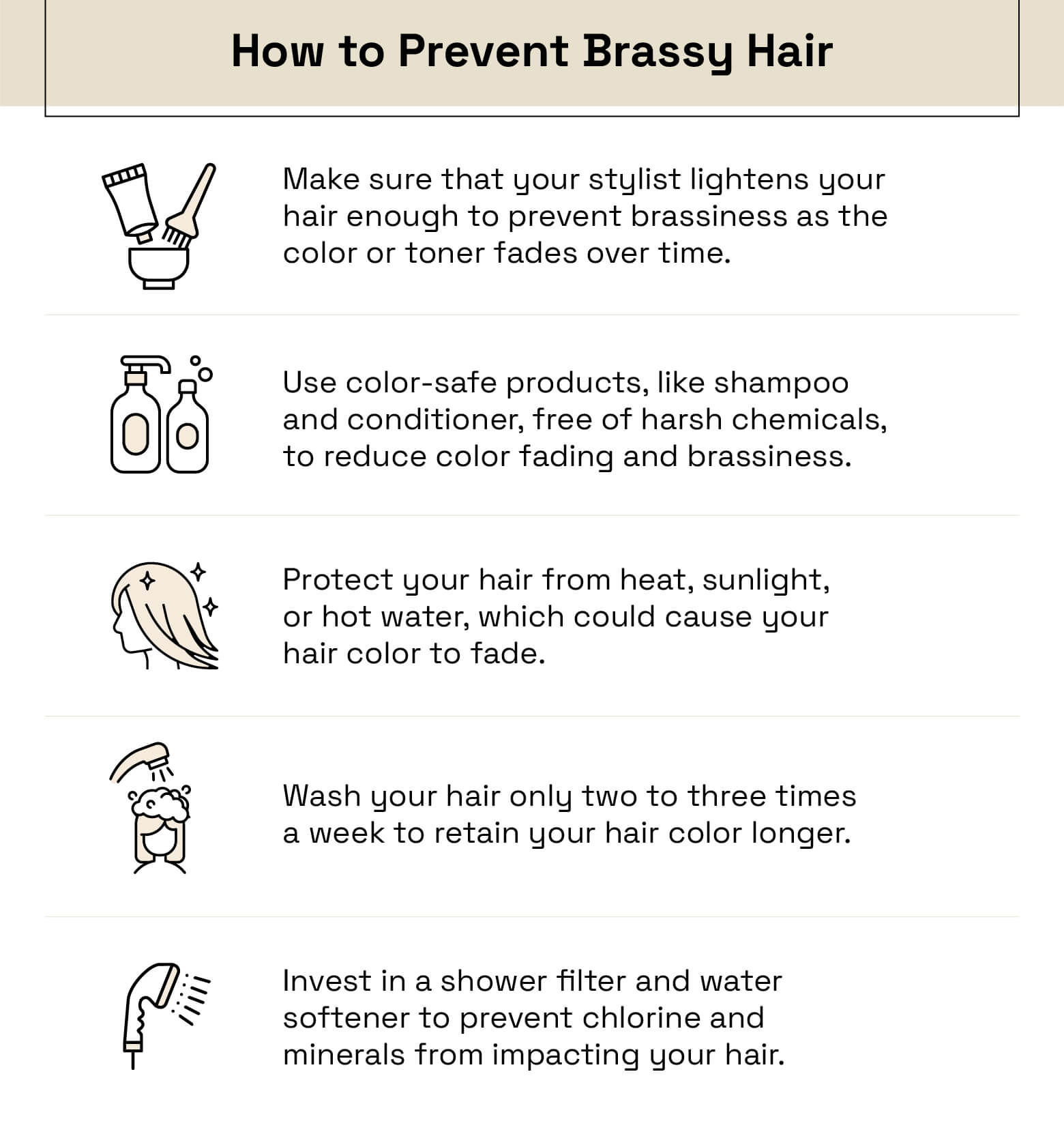
Consider the maintenance before coloring your hair
If you have naturally warmer-toned hair and go to get your hair colored lighter, keep in mind that you could expect some brassiness in between your salon visits. Communicate with your stylist about brassiness and what you can do to prevent it.
Your stylist should lighten your hair enough and tone it properly, and you might need to stop by in between appointments for touch-ups like glazing, toning, or glossing. Additionally, you might want to consider your skin tone when choosing a hair dye. You can even take this hair quiz to determine what color looks best.
Some other factors impact how long your hair color stays before it fades or becomes brassy, including:
- How often you’re out in the sun
- How much heat you use on your hair
- How frequently you wash your hair
- If you use color-safe hair products
Talking to your stylist about these factors and what you can do to keep the color in your hair will help reduce your chances of brassiness.
Introduce color-safe products into your hair care routine
Color-safe products protect your hair from damage and prevent the color in your hair from fading too quickly. Be sure to check the labels of all regular shampoo and other hair products you use, such as sulfates and parabens as they can strip your hair of natural oils and color.
Protect your hair from the heat and sunlight
Excessive sun or use of heat in your hair can negatively impact the quality of your colored hair because heat bleeds and fades the color, allowing brassy tones to come through. Additionally, UV rays from sun exposure can break down the chemicals in the dyes used to color hair, which causes the color to fade.
Avoid washing your hair in hot water
How you wash your hair and how often you wash your hair impacts how long it can hold color. Don’t use hot water to wash your hair, as heat can cause color fading. When washing with cool water, keep to the roots of your hair and your scalp, which preserves the color of your hair.
Wash your hair about two to three times a week
Once your hair is colored, you shouldn’t wash your hair more than 2 to 3 times a week. Washing frequently strips your hair of the protective oils that are used to keep your hair naturally glossy and protects it from the harsh chemicals in dyes. When washing, you should use a sulfate-free shampoo.
Invest in a shower filter
A shower filter or a water softener filtration system protects your skin and hair by filtering out the chlorine and chloramine that can cause brassiness. Chlorine is used in most water treatment plants that pump water to your house, and it can accelerate the fade of your hair color, leading to brassiness. It can also cause split ends, leave blonde hair green, and cause dandruff.
Schedule Your Next Hair Coloring Appointment
While brassiness can appear in your hair for several different reasons, it’s easily prevented and treated, especially if you communicate with your stylist. StyleSeat can help you find a hair stylist who will listen to your needs and help you achieve the hair you want. Schedule your next hair coloring appointment today!
